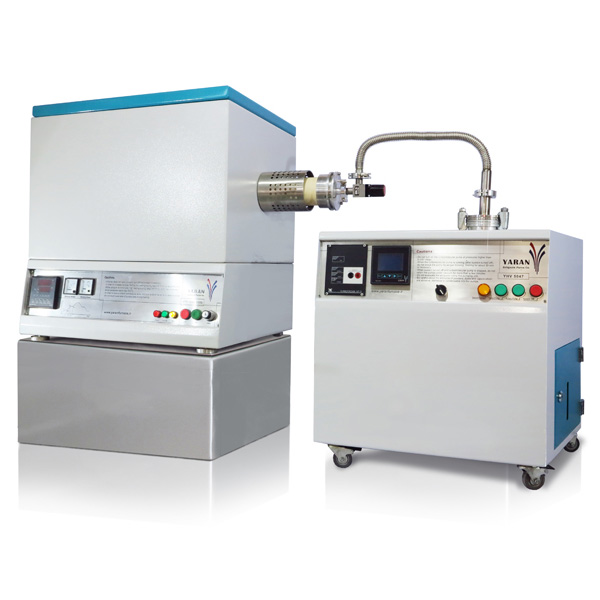CVD/PVD Systems
Systems for thin film deposition
CVD (Chemical Vapor Deposition) and PVD (Physical Vapor Deposition) are two widely used techniques in the field of thin film deposition. CVD is a process that involves the deposition of thin films onto a substrate by the reaction of vapor-phase precursor chemicals. PVD is a thin film deposition technique that involves the vaporization of a solid material followed by its condensation onto a substrate.
Laboratory CVD/PVD systems find applications in various research and industrial settings: CVD and PVD systems are extensively used in the fabrication of integrated circuits, where thin films of different materials are deposited to form transistors, interconnects, and other electronic components. CVD/PVD systems are employed in the production of anti-reflective coatings, mirror coatings, and optical filters for lenses, mirrors, and other optical components. These systems are crucial for studying and developing new materials with tailored properties. They allow researchers to deposit thin films of various compositions and explore their physical, chemical, and electrical. CVD/PVD techniques are used to deposit wear-resistant and corrosion-resistant coatings on tools, machine parts, and medical implants to enhance their performance and longevity.
YARAN builds these systems up to 2200°C, they are unmatched in the country and have very high temperature accuracy. Based on the temperature range these systems possess different types of tubes, heating elements and thermocouples. In addition, choices such as the ability to connect to a computer, ovens that open from above, the ability to control the atmosphere, rotate the chamber and use it vertically, etc., have distinguished the designs of this company. The standard connections of two ends of the tube, the design of which was entirely the work of YARAN specialists, made these systems capable of connecting to any vacuum pump or gas inlets for atmospheric control.
